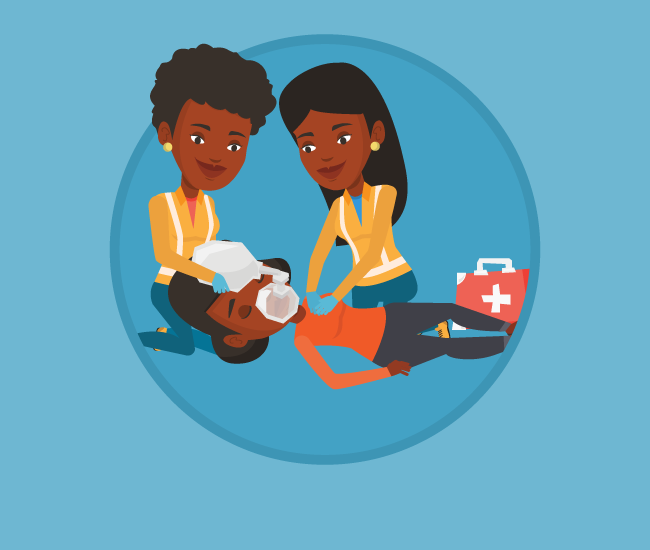Bystanders who start CPR on children before paramedics arrive can save lives and limit brain damage, regardless of whether they do the old-fashioned type of CPR with chest compressions and mouth-to-mouth or the newer “hands-only” CPR, a study from Japan confirms.
Children Suffering Out-of-Hospital Cardiac Arrest are more likely to survive with CPR
In the study of children who had suffered cardiac arrest outside a hospital, those who received any CPR were about three times more likely to survive than those who did not get CPR.
Still, Dr. Taku Iwami of Kyoto University Health Service and colleagues found that for most children who suffer cardiac arrest, conventional CPR with rescue breathing is best – and overall, the rates of survival are still quite low, fewer than one in ten.
“The main message” from the new study, which appears in The Lancet, is that “doing something is better than doing nothing. Ideally providing compressions and rescue breathing would be best,” Dr. Michael Sayre, who was not involved in the study, told Reuters Health.
Sayre, of the Ohio State University in Columbus, is chair of the Emergency Cardiovascular Care Committee for the American Heart Association (AHA).
Cardiac arrest occurs when the heart develops a rhythm disturbance that causes it to stop beating. Without prompt medical attention, cardiac arrest is fatal within minutes. CPR can help keep the victim’s blood flowing until emergency help arrives, boosting the chances of survival.
Child CPR Video
AHA introduced Compression-Only CPR in 2008
In 2008, the AHA issued updated CPR recommendations, which state that in most cases involving an adult who suffers sudden cardiac arrest, bystanders can skip mouth-to-mouth breathing and perform compression-only CPR.
Research showing that chest compressions alone are as effective, if not more so, than standard CPR in sustaining cardiac-arrest victims until emergency help arrives prompted the update. And the hope was that more people would perform CPR when needed if they didn’t have to do mouth-to-mouth. Hands-only CPR is also easier to teach, learn and remember than conventional CPR.
But data are lacking in children. Therefore, Iwami’s group studied 5,170 children aged 17 or younger who suffered cardiac arrest outside of a hospital. About half of the children — 47 percent — received CPR from a bystander. This confirms, Sayre said, that in Japan as in the US, “all too often no CPR is done for children or for adults.”
Of the children who did get bystander-initiated CPR, 1,551 children (30 percent) received conventional CPR and 888 (17 percent) received compression-only CPR.
Overall, children lucky enough to get any type of CPR from a passerby had nearly a threefold higher rate of a “favorable neurological outcome” – meaning little or no brain damage — than those not given CPR (4.5 percent versus 1.9 percent).
Although the success rate varied depending on whether cardiac arrest was due to a heart-related problem or another issue such as drowning, most of the cases were due to problems unrelated to the heart.
“This paper confirms that performing any form of CPR doubles or even triples the victim’s chances of survival regardless of their age,” Sayre told Reuters Health.
Nonetheless, overall, only 9 percent of children survived out-of-hospital cardiac arrest and only 3 percent had little or no brain damage.
All in all, Sayre said, this new study is “very supportive” of the current (2010) AHA recommendations. “If you see someone suddenly collapse you need to do two things — call 911 and start pushing hard and fast in the center of the victim’s chest and if they are a child it would be great if you could also do some rescue breathing,” advised Sayre.
Hands-Only CPR Video

